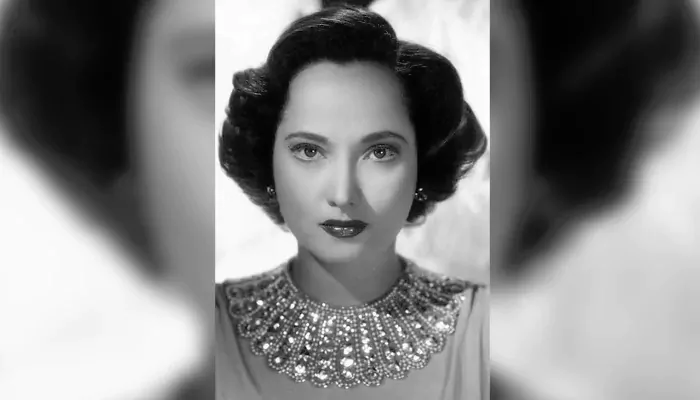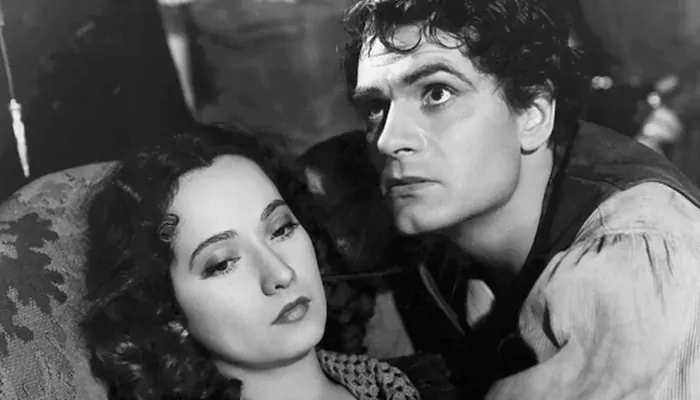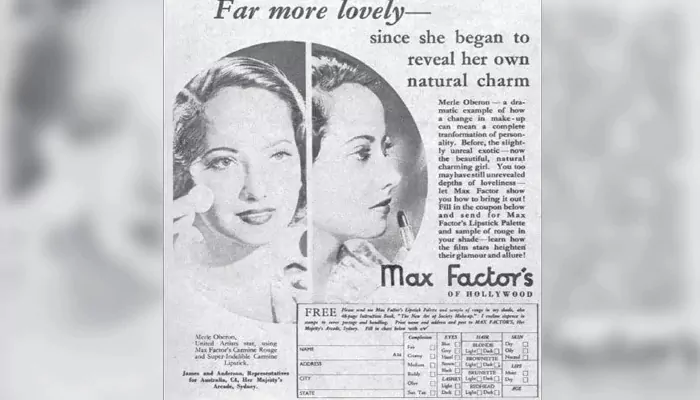
Lights, camera, secret: The untold story of Merle Oberon!
Before ‘Desi Girl’ Priyanka Chopra ever walked the red carpet at the Oscars, an enigmatic Indian-born actress was dazzling Hollywood in the 1930s and ‘40s. Her name? Merle Oberon, a name that echoed glamour, talent, and mystery! But for decades, very few knew that the iconic actress who starred in Wuthering Heights and shared the screen with legends like Laurence Olivier, was actually born in Bombay (now Mumbai), India.
Sounds like the plot of a vintage thriller, doesn’t it?
Merle was born in 1911 as Estelle Merle O’Brien Thompson in Bombay. Her early years were anything but lavish. Raised in humble surroundings, she moved to Calcutta as a child. Her mother, Charlotte Selby, was of mixed South Asian and Māori descent, while her father reportedly had British ancestry, though her true parentage remains cloaked in controversy and confusion even today!

She grew up in a society and an era where colonial prejudices were harsh, and proper Asian complextion could end a dream before it began. But little Estelle had stardust in her eyes.
In the 1920s, she moved to England to chase her acting dream. But, she was aware of the fact that the truth about her mixed-race heritage could stop her career before it started. So, Estelle O’Brien Thompson transformed into Merle Oberon, claiming Tasmania as her birthplace and passing off her mother as a maid to hide her Indian origins.
In a world obsessed with fair skin and British accents, Merle gambled her career and won.
Her big break came with The Private Life of Henry VIII (1933), where she played the character of Anne Boleyn. Immediately, she got attention from some of the Hollywood soon took notice. Her ethereal beauty, sharp acting chops, and perfect elocution made her a director’s dream. In 1939, she stunned audiences as Cathy in Wuthering Heights, a performance that immortalized her in the annals of cinema history.

(Merle Oberon in Wuthering Heights)
Merle became one of the highest-paid actresses of her time, often described as a mysterious beauty from “the colonies” — though the specifics of which colony were kept conveniently vague.
To keep her identity hidden, Merle reportedly avoided strong lighting and close-up shots that might reveal her complexion. She also wore heavy makeup and was known for carefully controlling her public image.
It wasn’t just a personal choice, it was actually a wise survival strategy in an industry where racial bias was rampant.
In the end of 1930’s, Merle faced a near-fatal car crash that left her with facial scars. She endured countless surgeries and lighting tricks on set to mask the damage. Despite countless physical and emotional toll, she continued acting with poise and grace, building a career that spanned over three decades.

(Merle Oberon in Max factor make up advertisement)
It wasn’t until years after her death in 1979 that her true roots were publicly acknowledged. A documentary in the 1980s confirmed what had long been rumoured: Merle was indeed of Indian and possibly Māori descent.
Today, she is remembered not just for her dazzling on-screen presence, but also for the complex duality of her life; a woman caught between two worlds, forced to deny one to survive in the other.

(Merle Oberon in her later days)
In a time when conversations around race, identity, and representation dominate the entertainment world, Merle Oberon’s story feels more relevant than ever. She was a trailblazer, who broke barriers quietly, but at a cost.
Merle Oberon may not have shouted her Indian roots from the rooftops, but she carried them with her; subtly, silently, and with style.
Today, her legacy stands not just in celluloid, but in the hearts of every Indian dreamer who dares to shine on global screens.